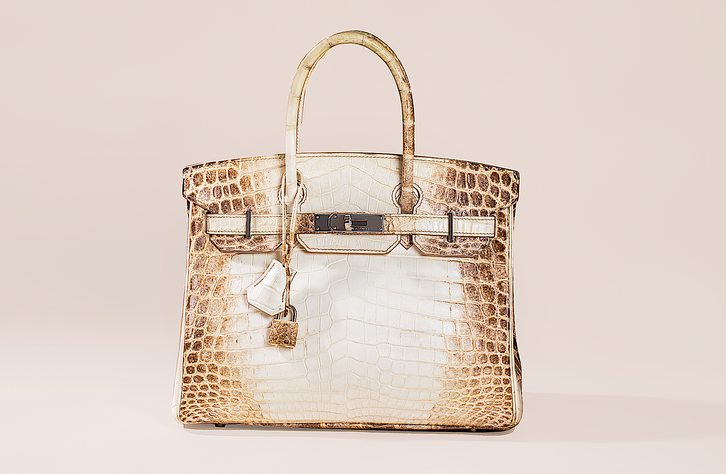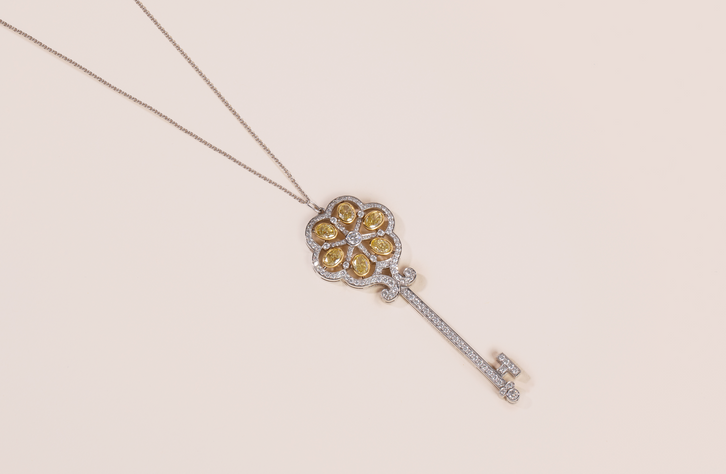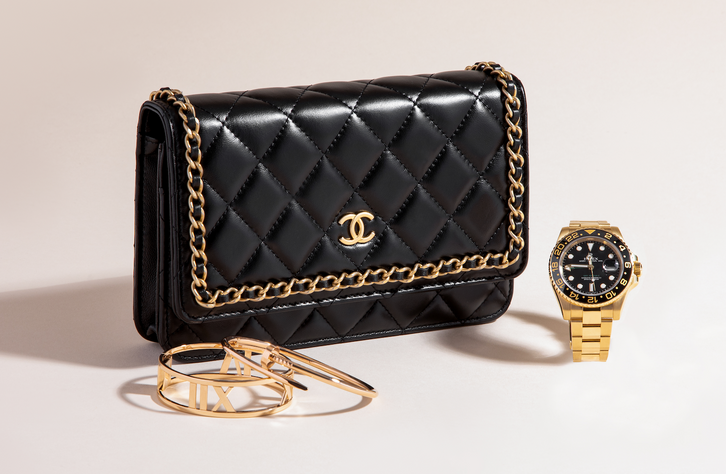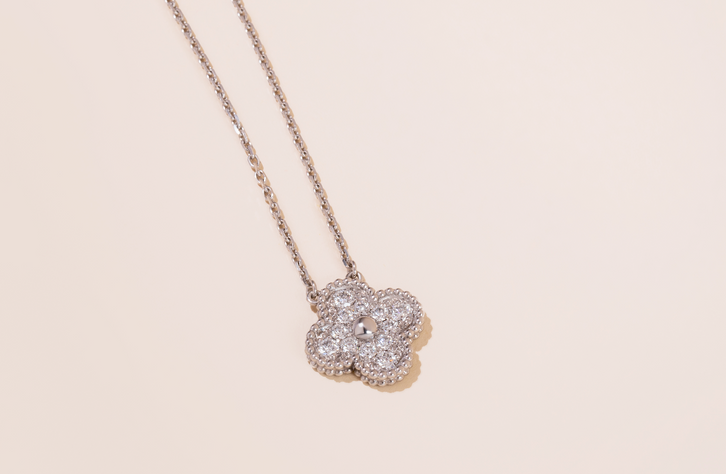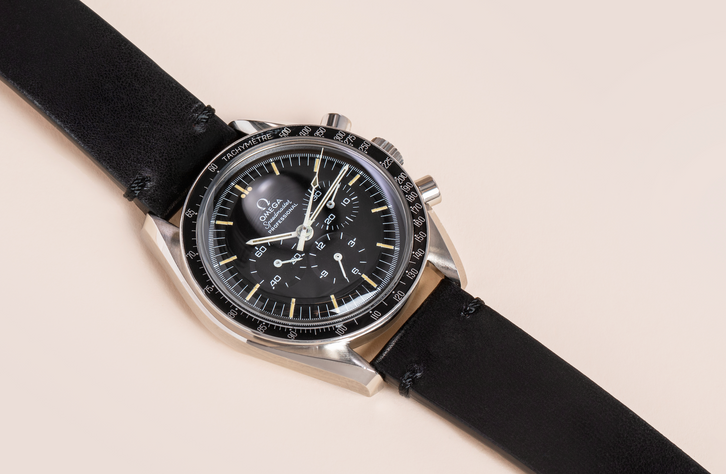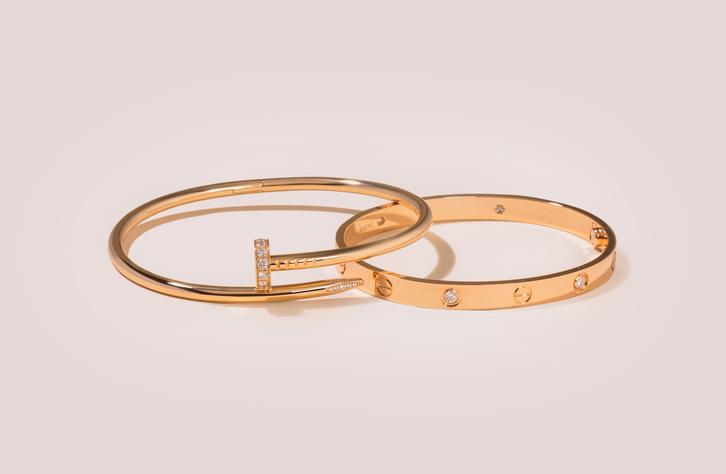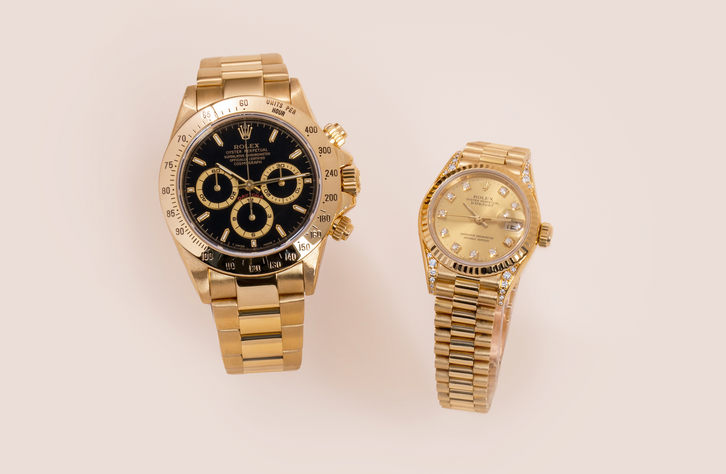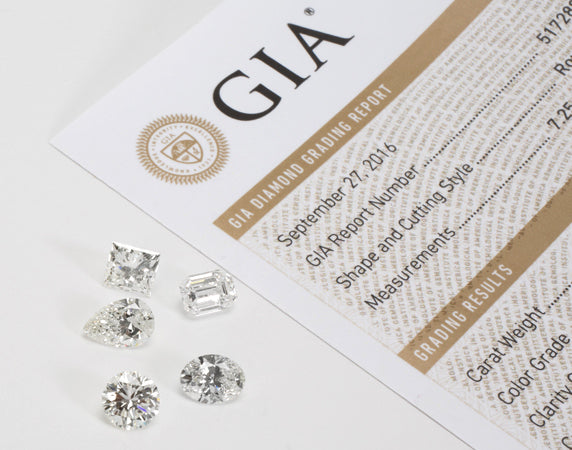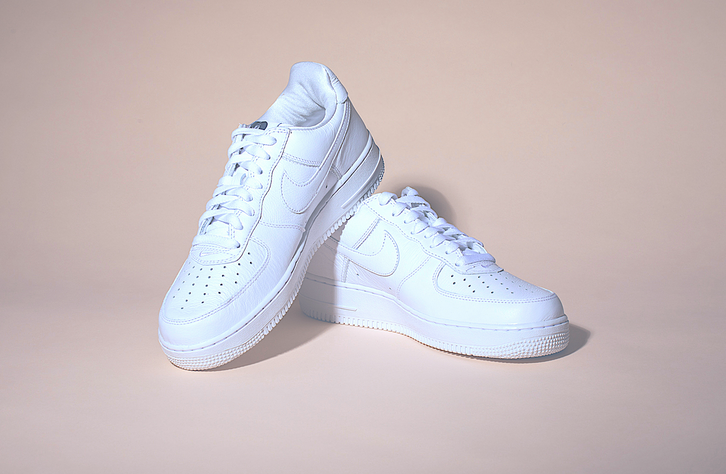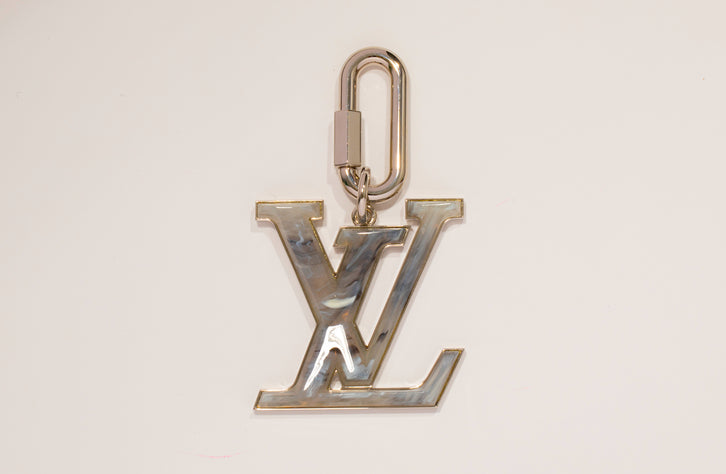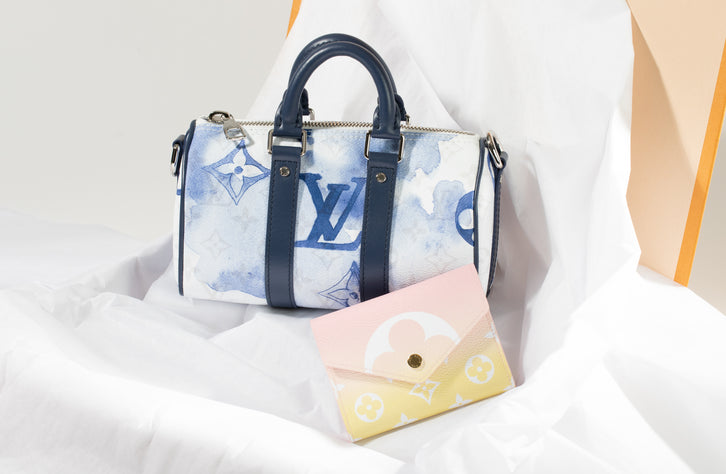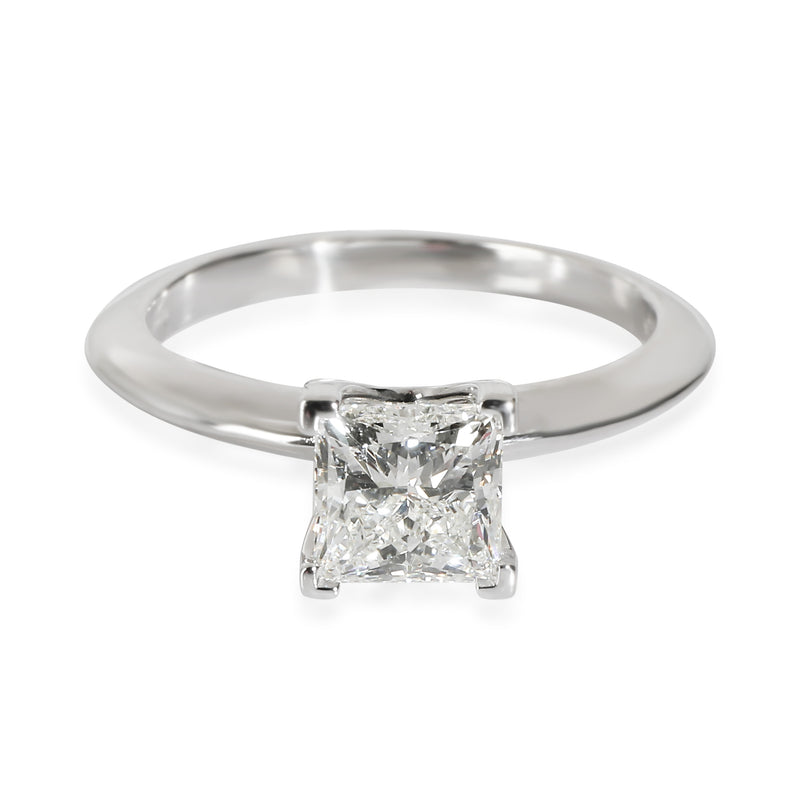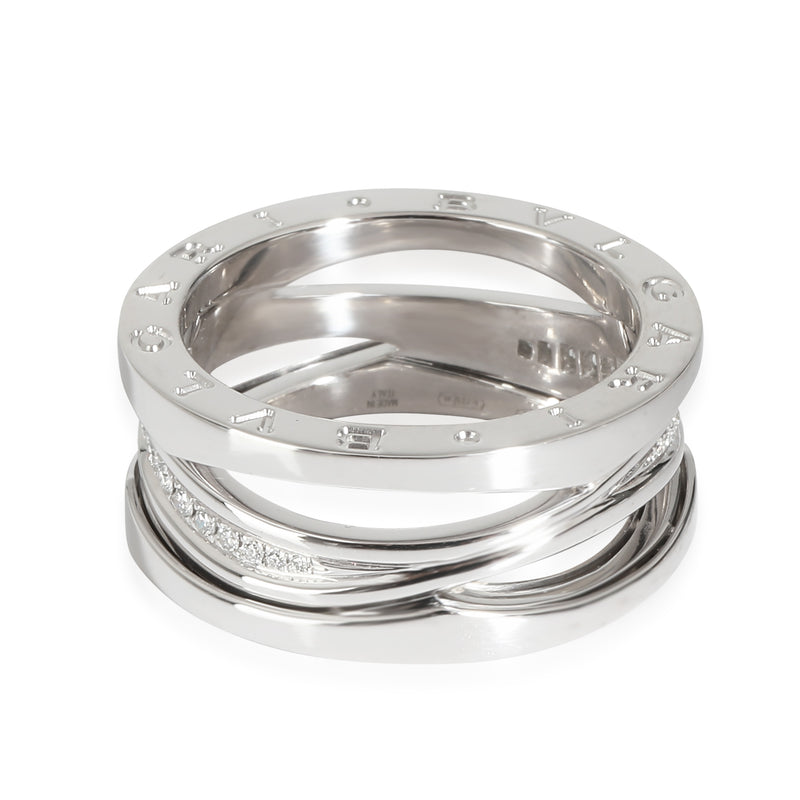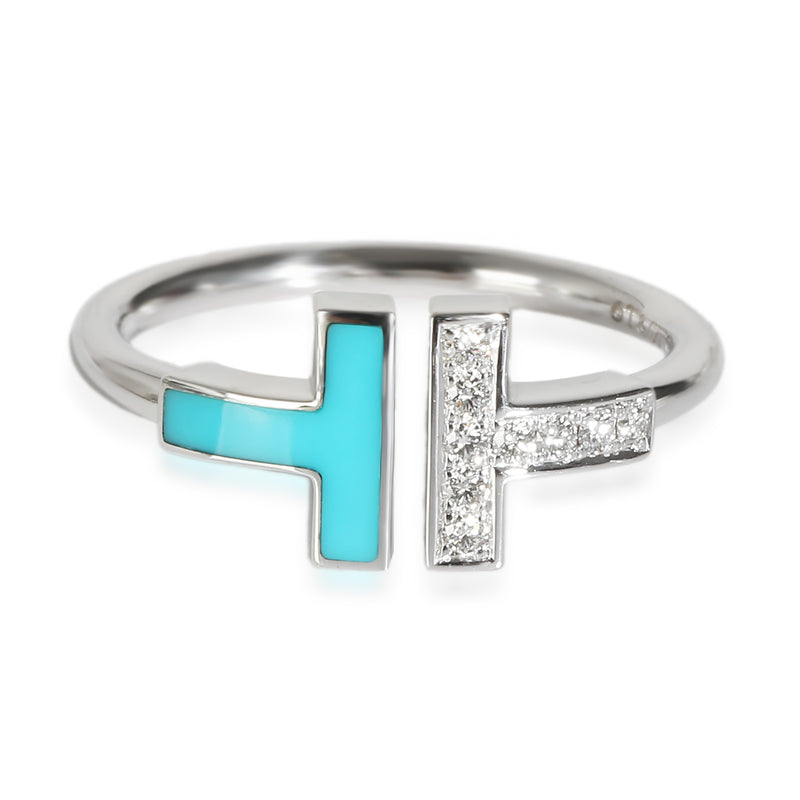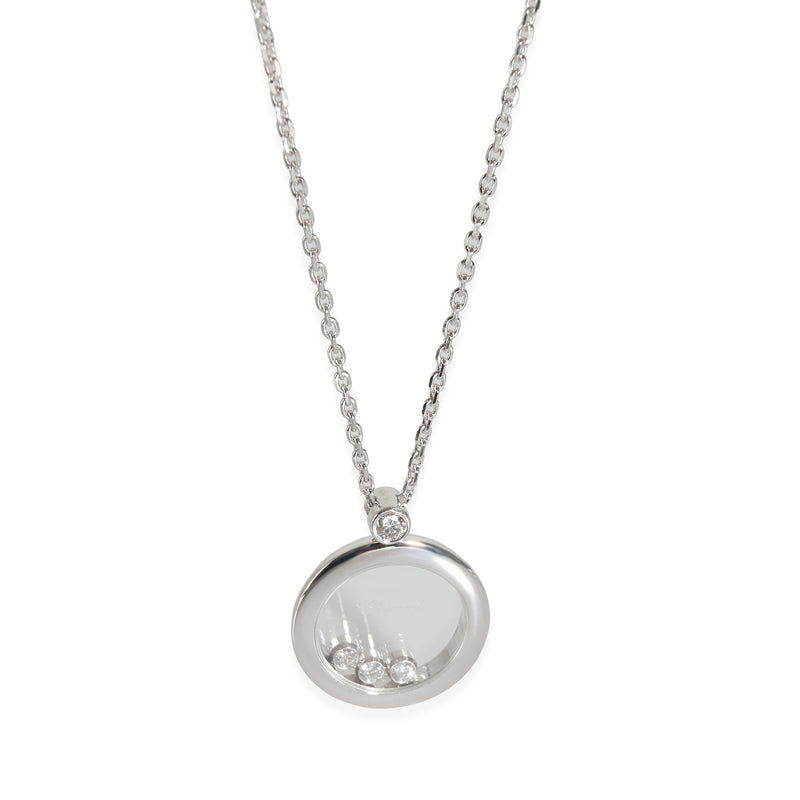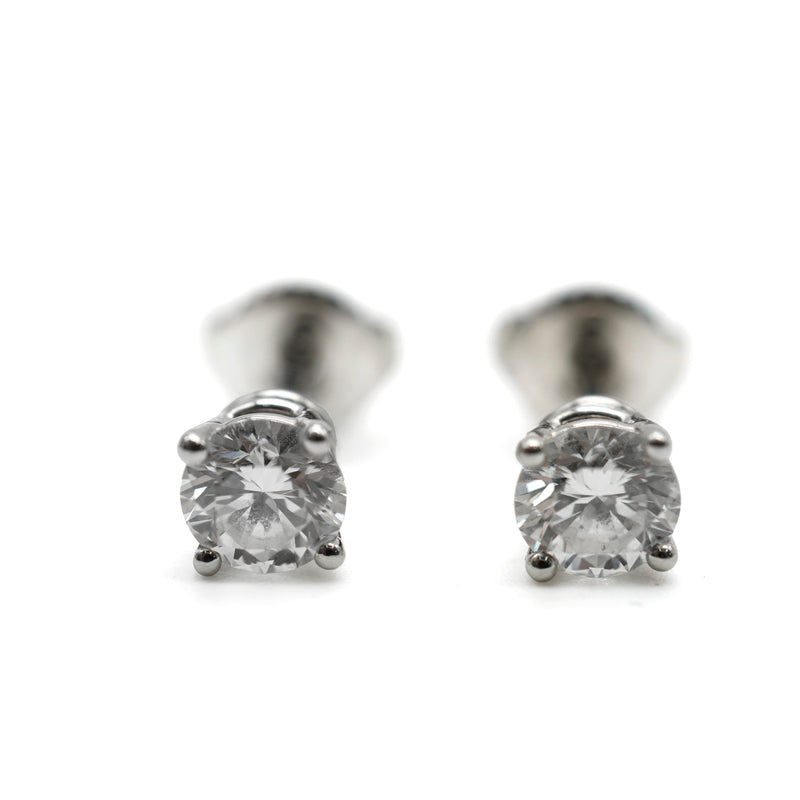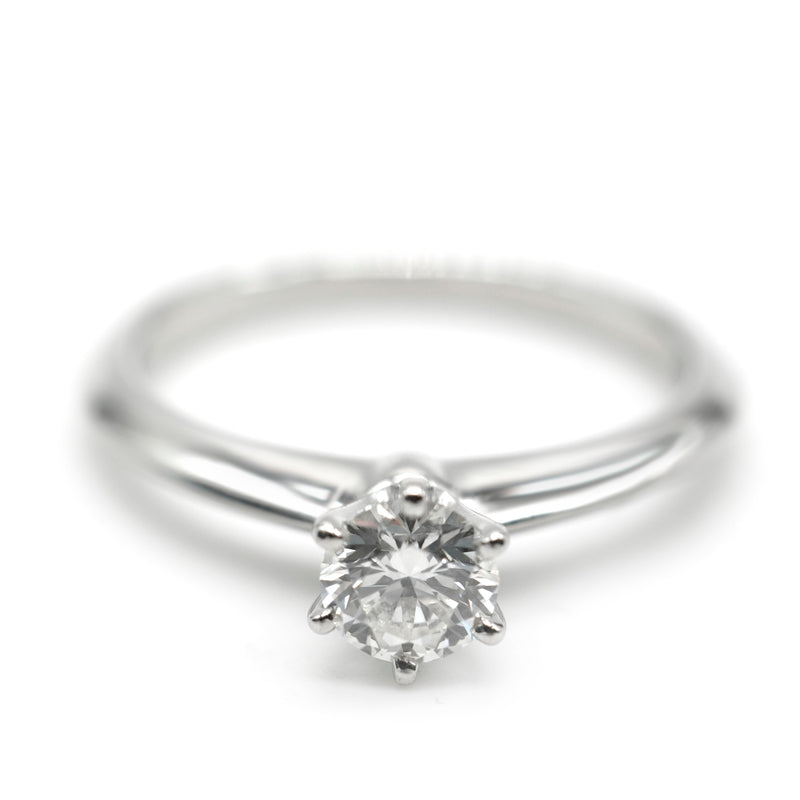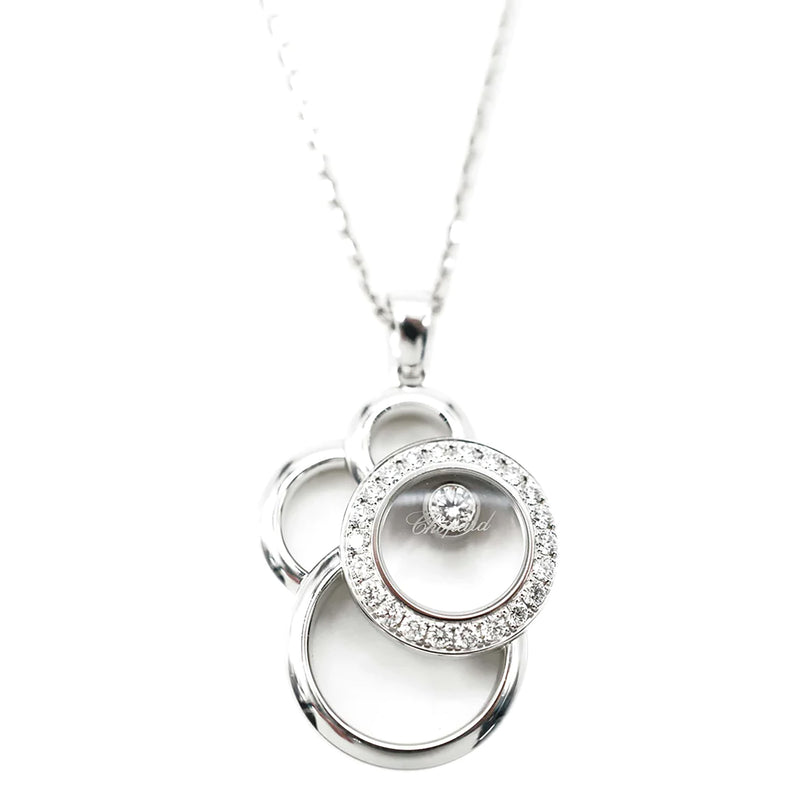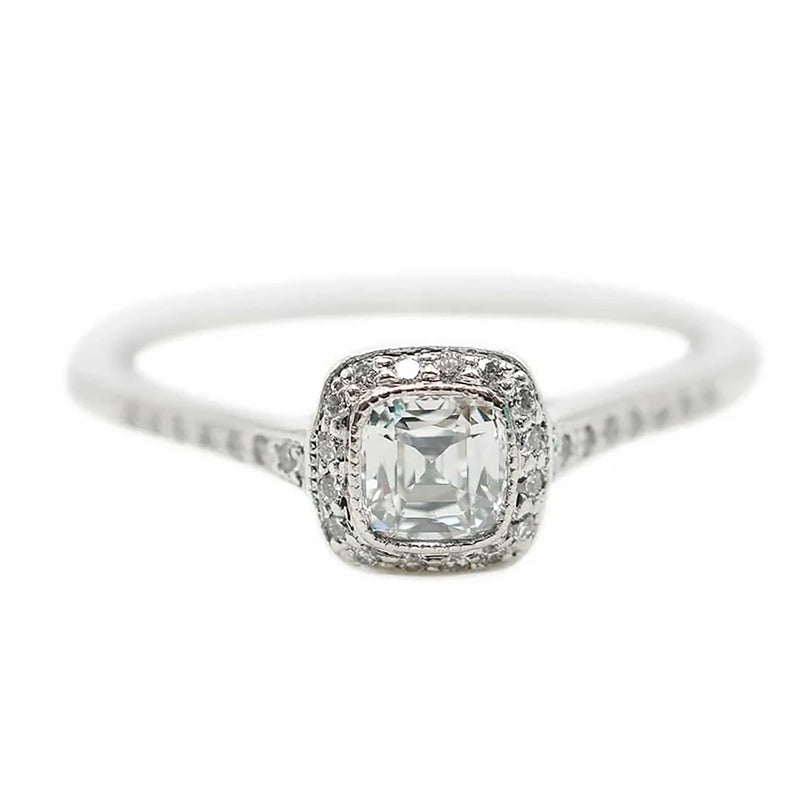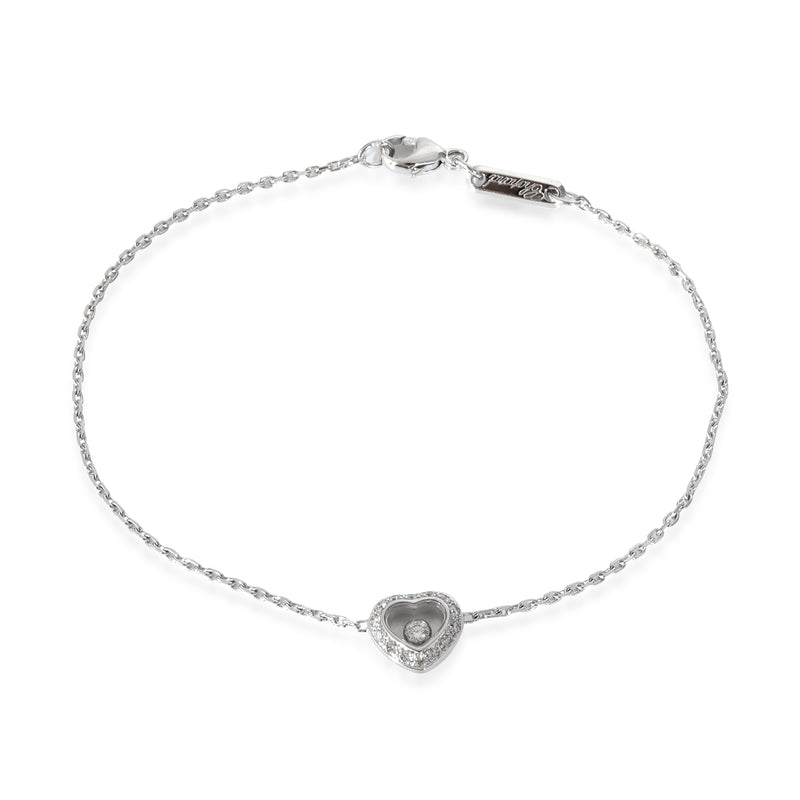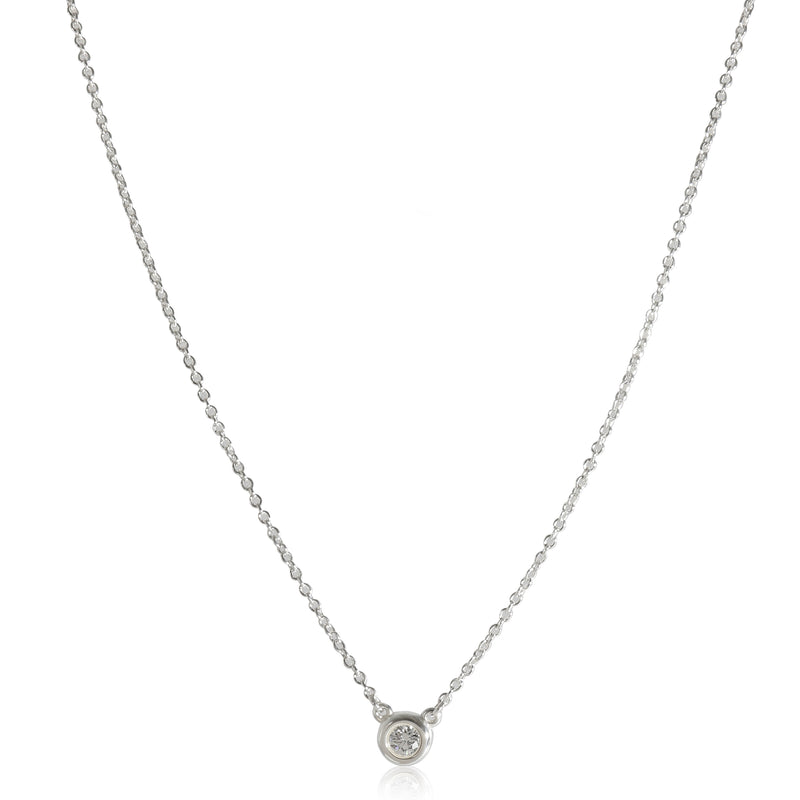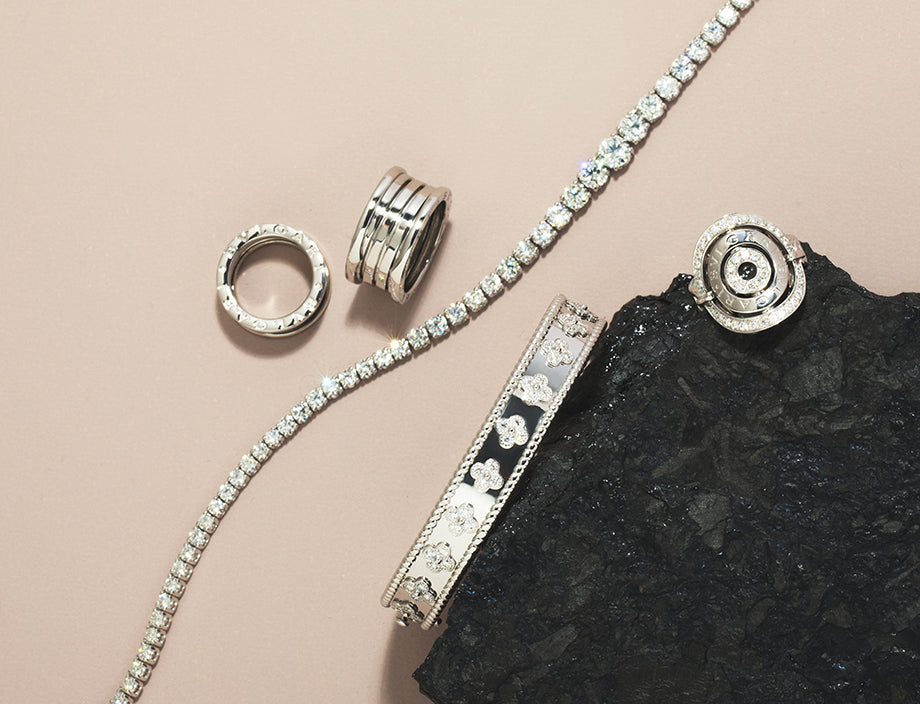Have you found your bride-to-be and are now looking for the perfect diamond ring before popping the question? Not sure where to start when it comes to buying a diamond ring? To help you find an engagement ring that she will cherish, we have gathered our top tips for buying diamond rings. From budgeting, to learning essential diamond terms and to picking a setting, keep reading to learn our best tips for buying diamond rings.
Tips For Buying Diamond Rings
- Set a budget
- Understand diamond grading
- Diamond shape: style and cost
- Choose a ring style
- Buy pre-owned diamond rings
Set A Budget
It is all too easy to become enchanted by a beautiful engagement ring and spend far more than you ever intended to. While you might have heard that you must spend two or three months of your salary on an engagement ring, this “rule” is actually just an old marketing tactic from a major diamond company. Setting a budget that you are comfortable with and know you can commit to is essential before shopping for engagement rings.
MyGemma is committed to making shopping for engagement rings more affordable than ever. As such, we provide affordable monthly payment plans through our partner Affirm. These allow you to make easy monthly payments on an engagement ring that would have otherwise been difficult to fully pay for at once. We also carry pre-owned engagement rings from beloved luxury brands such as Tiffany & Co, Van Cleef & Arpels, and Graff at up to 80% off retail prices. With our outstanding discounts and monthly payment plans, buying a breath-taking engagement ring within your budget has never been easier.
Understand Diamond Grading
Next up on our tips for buying diamond rings is to understand the 4C’s of diamond grading. These are the universal diamond grades which detail a diamond’s characteristics and will allow you to make the most educated decision when selecting diamond rings.
The 4C’s Include:
Carat Weight: Refers to the weight of the diamond in carats, commonly abbreviated to ct. The higher a diamond ring’s carat weight, the more expensive it will be. If you are interested in buying a ring with a diamond of about 1 carat, opt for a slightly smaller size, such as 0.90. While this size difference is miniscule, you will benefit from a sizable price drop, as whole sizes command higher prices.
Cut Grade: Refers to how well cut and proportionate a diamond is, graded on a scale from Excellent to Poor. Keep in mind that cut grade only applies to round diamonds, while fancy cut diamonds, such as pears or ovals, do not have official cut grades. Cut grade is important because the better a diamond is cut; the better light can travel through the stone and sparkle. Be sure to pick a diamond with a cut grade of at least Very Good or Excellent to maximize the diamond’s brilliance.
Color Grade: Refers to how much color a diamond displays, graded from D (colorless) to Z (light yellow). This letter grade only applies to white diamonds, while fancy colored diamonds, such as fancy blue diamonds, are graded from Fancy Light to Fancy Vivid depending on color intensity. If you want a white diamond, you do not have to break the bank and buy a diamond with a D color, even an I color diamond will appear colorless to the naked eye.
Clarity Grade: Refers to how clear a diamond is, graded from FL (flawless) to I3 (visibly flawed). Diamonds can have inclusions and blemishes, such as black spots, that can detract from the beauty of the stone. Opt for a clarity grade of at least SI2 as these can appear “eye clean” with have imperfections only visible under extreme magnification.
Buying a diamond, much like a house, is all about compromise. For instance, if you want an exceptional diamond color grade, you may want to scale back on clarity or carat weight. The good news is that moving down a grade or two is generally not eye noticeable and will greatly improve the diamond ring’s cost. Now that you are familiar with the 4C’s, decide which grades matter the most to you and which you should prioritize.
Diamond Shape: Style And Cost
Diamonds can be fashioned into dozens of shapes to suit anyone’s style. Below we ranked the ten most popular diamond shapes, each with their benefits:
1. Round: The most classic of all diamond shapes, round cut diamonds provide exceptional brilliance and sparkle. Round brilliant diamonds are the most popular and therefore the most expensive diamond shape. A solitaire round cut diamond ring makes an excellent choice for those looking for a traditional ring with maximum sparkle.
2. Princess: This square diamond features pointed corners, clean edges and excellent brilliance. After round diamonds, princess cut diamonds are the second most popular and second most expensive diamond shape. Princess cut engagement rings are a great choice for a modern, yet elegant ring.
3. Cushion: Known for its pillow-like appearance, this square shaped diamond has rounded corners that do not snag on clothing or chip as easily as princess diamonds. Cushion cut diamonds have become increasingly popular in the past few years, with many celebrities favoring this diamond shape and opting for cushion cut diamonds engagement rings.
4. Oval: The oval cut diamond is a modern take on traditional round diamonds which offer great brilliance and elongate the wearer’s fingers. Best of all, because of its shape, an oval will look larger than a round diamond of the same carat weight.
5. Emerald: Not to be confused with the green gemstone, emerald cut diamonds are a rectangular diamond shape with step-cuts. Rather than providing a traditional sparkle, emerald’s step-cuts create a mirror-like effect. Clarity grade is important with this geometrical diamond shape as it showcases inclusions more visibly than other shapes.
6. Radiant: This square shaped diamond is a popular alternative to princess diamonds as they have trimmed corners which are less prone to damage. Radiant cut diamonds can vary as some are more square and others are more rectangular.
7. Pear: With a rounded bottom and pointed top, pear diamonds are a modern shape with fantastic brilliance. Ideal for a bride looking for something unique and bold.
8. Asscher: This square diamond has step-cuts and cropped corners. Wearers can select between the original asscher which has 58 facets or the royal asscher which has 74 facets for greater brilliance.
9. Marquise: The most popular diamond shape of the 90s was the marquise with its elongated oval shape and pointed ends. Due to its long shape, marquise diamonds look larger than round diamonds of the same carat weight.
10. Heart: As a symbol of enduring love, heart shaped diamonds are a wonderful choice for any romantic bride-to-be.
Ring Style
The last aspect of the diamond ring you need to decide on is its setting. The setting can be broken down into three categories: metal, style and side stones.
1. Metal: Diamond rings can be made with a wide array of metals with the most popular being platinum diamond rings and 18k gold. Yellow gold engagement rings offers a little more versatility as you can always rhodium plate the ring to make it white gold, although this is a temporary change. White gold engagement rings can tarnish over time so platinum is a better option long term for a white band.
2. Style: There are plenty of ring styles to select from such as prong, bezel and tension.
3. Side stones: You can add more diamonds or other gemstones, such as sapphires and rubies, onto the diamond ring through a halo, pave band or side stones. The advantage of a halo is that it not only adds more sparkle to the ring but it also creates the illusion of a much larger center stone.
Buy Pre-Owned Diamond Rings
Our final diamond ring buying tip is to shop pre-owned. By shopping pre-owned you get to enjoy stunning diamond and designer engagement rings at a fraction of their retail price. What’s more, when pre-owned diamond rings are professionally polished and refurbished, they look brand new.
Shopping pre-owned is also the perfect solution for the eco-friendly bride. As mining for diamonds and precious metals creates toxic waste, devastating the surrounding natural environment and ecosystems, buying pre-owned ensures that you do not contribute to this environmental damage. By shopping pre-owned you will reduce the need for more metals and diamonds to be mined while giving new life to a pre-existing diamond ring.









